Hungary and Transylvania are sharing long centuries of the same history during the Middle Ages, their common past being still visible even today while visiting places from Transylvania. Joi us in this attempt to trace the shared history, mixed with Habsburg and Ottoman influences, admiring beautiful medieval strongholds, remote villages, or just enjoy the ride through some spectacular landscapes.
Highlights of the trip:
Cluj-Napoca: the birth place of Matia Corvin, one of the most important rulers of Hungary, displaying excellent cultural activities, wonderful historical legacy, fine dining, and a great atmosphere;
Turda Salt Mine: the world’s most spectacular underground salt formation, shaped by human hand;
The Saxon land with the impressive medieval cities of Sighisoara (UNESCO), Brasov and Sibiu and the UNESCO fortified church of Biertan;
Bran Castle, the majestic 14th century stronghold, called the Dracula’s castle;
Corvin Castle: impressive 15th century fortress;
Timisoara: beautiful baroque squares, the 2nd world city to introduced public lightning, in 1884.;
Pecs: The Early Christian heritage with the Romanesque cathedrals and the Ottoman influence;
Budapest: the superb capital of Hungary and its past legacy;
The baroque town of Eger and its fortress;
The thermal cave baths from Miskolc;
The fine art-nouveau appearance Oradea city and its the newly restored medieval fortress;
Departures: all year
Duration: 13 days
PRIVATE TOUR: private tour
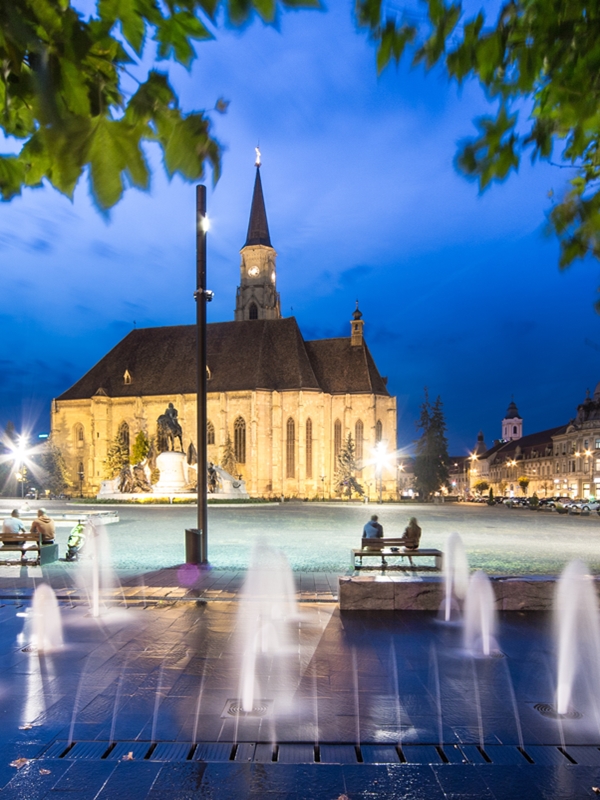
Afternoon city tour. We shall admire a mix of medieval landmarks, architectural jewels and trendy urban hotspots, a laid-back city where people enjoy life at a slower “Transylvanian” pace. In the central Unirii Square we admire the massive 15th century St. Michael Gothic church, with its 19th century New-Baroque tower, then the imposing Matthias Corvinus equestrian monument, whose impressive Gothic birth place home is worth a visit; other relevant the religious edifices worth mentioning here is: the Greek-Orthodox Cathedral, the majestic Orthodox Cathedral (1922-1933), the 15th century Reformed Church, and the Baroque style 18th century Piarist Church.
Accommodation in 4* hotel, downtown.
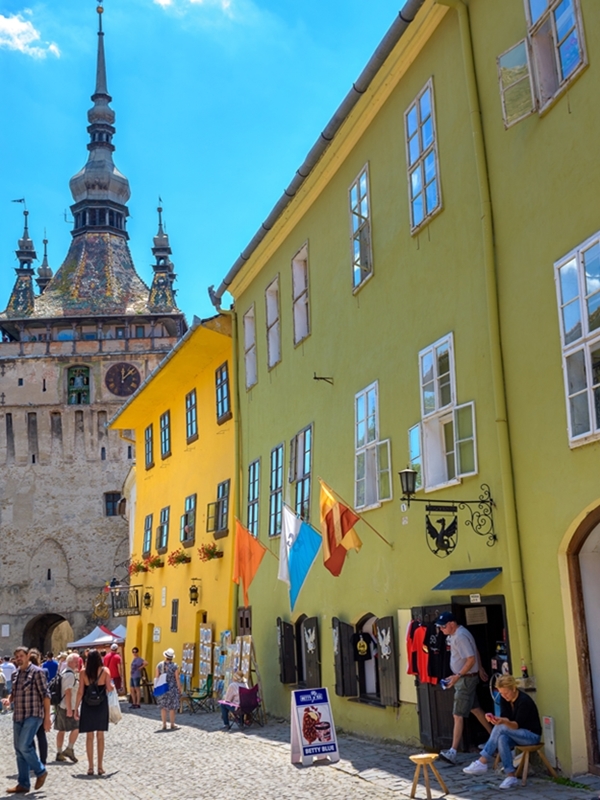
The first visit is dedicated to one of the most modern salt mines in Romania and maybe in Europe: Turda Salt Mine.
Originally established in the 17th century, but with traces of exploitation since the Roman times, the massive mine was made completely by hand and machine rather than by using explosives. Visitors are invited to descend as far down as almost 400 feet into the Earth in order to witness the history of the trade. Throughout the cool interior, which averages about 12-14˚C with 80% humidity, there are a variety of spaces to be explored. At almost 140m down, the Rudolph Mine offers a 180-seat amphitheater, a carousel, ping-pong tables, basketball hoops, mini-golf, bowling, and even a lake where the people can row boats.
After visiting Turda Salt Mine, we’re heading to Biertan fortified church, then we move on to Sighisoara, Europe’s best-preserved medieval citadel.
Being built on a hilltop in the middle of the village and been surrounded by three belts of walls, the majestic fortified church of Biertan (1498-1524) was the seat of the Transylvanian Lutheran Church for almost 300 years; it is included in 1995 in the list of the world architectural patrimony under UNESCO.
Sighisoara is one of the most beautiful towns in the heart of Transylvania. The whole medieval citadel is a part of UNESCO World Heritage. German architectural influences are visible throughout the entire city. Sighisoara was for several centuries a military and political stronghold. One of its most famous attractions is the Clock Tower (Council Tower), built in the 14th Century. This was the control tower of the main gate of the 2,500-foot-long defensive wall. The tower has seven-foot-thick walls and was used to store ammunition, food reserves, archives and the city's treasures. The clock was placed in the tower in the 17th Century.
The tour includes: Guild Tower, Venetian House (built in the 13th Century), Vlad the Impaler (Dracula) House, Wood Covered Staircase, Hermann Oberth Square.
At evening dinner in the house where Vlad Tepes was born, today a famous restaurant and can taste his favorite plate and drink his Vampire Red Wine.
Accommodation in Sighisoara at 4* hotel.
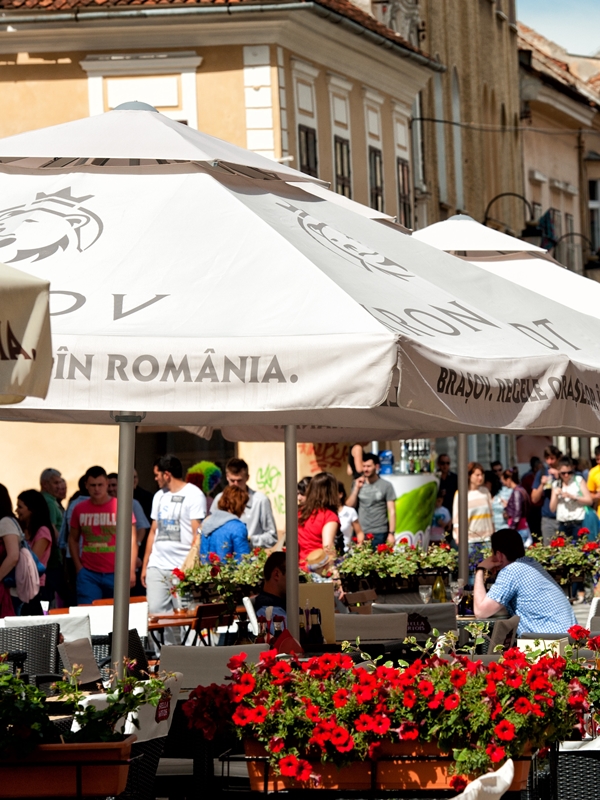
Along the driveway, we admire today the Saxon rural heritage of Transylvania. The villages display a remarkable, unspoiled harmony between people and landscape. The houses follow a clear pattern: they sit end-on to the street, painted in a rich variety of greens and blues, with distinctive hipped roofs. The houses themselves are built as a rectangular format, with the cobbled courtyards, winter and summer kitchens, vegetable patches and big timber frame barns enclosing the rear end of the courtyard.
In the afternoon, we will arrive in Brasov and we will enjoy this wonderful, mountain, medieval Saxon city.
Brasov is one of the most beautiful cities in Romania. The main attraction is the medieval part, including the Black Church that houses a priceless collection of Oriental rugs as well as a 4000-pipe organ, the City Hall Square, the Franciscan Monastery, The Central Park, The Black Tower, The White Tower, Ecaterina’s Gate, Schei Gate and the Rope Street – the narrowest street in Europe.
Overnight in the historical center of Brasov, at 3* hotel, a beautiful example of a Saxon building.
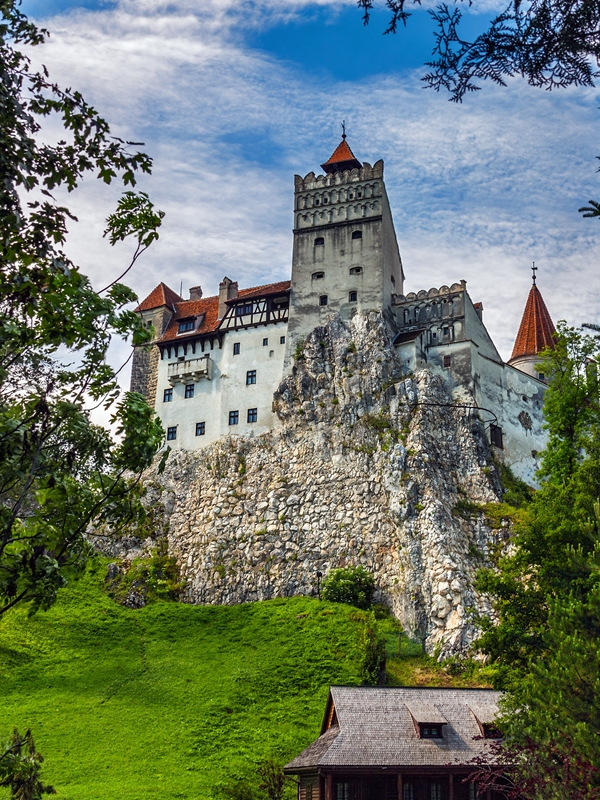
In the morning we’re heading to Bran village in order to follow the legend and to discover Dracula’s castle, probably one of the most visited castles from the world.
The fortification was popularly known as 'Dracula's Castle' and was built on top of a steep rock in the Carpathian Mountains in 1377, where it protected the border of Valahia and Transylvania.
The building has four towers positioned at the four cardinal points. The walls are made of stone blocks, the rooms and narrow corridors constitute a mysterious labyrinth of ghostly nooks and secret chambers, whilst in the inner courtyard, there are artesian wells, connected to an underground network. The castle had both a military and customs point purpose. From 1922 it became royal residence and it was restored as summer residence for Queen Mary of Romania.
Back to Brasov in the afternoon.
Traditional dinner with folk performance.
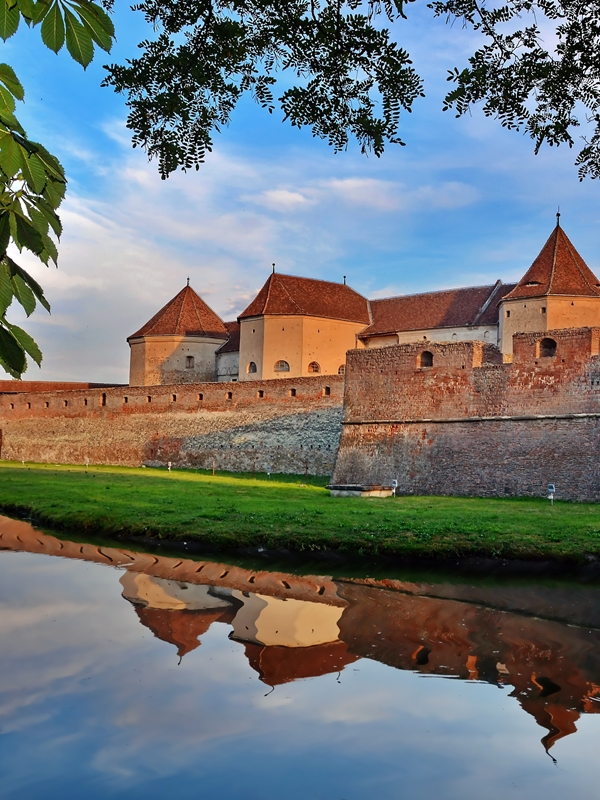
First visit of the day: Fagaras Fortress, it represents one of the Eastern Europe´s largest and best-preserved feudal castle complexes. This intact fortification from medieval Transylvania began to take shape in 1310, on the previous foundations of a 12th century wooden fortress that had been burned by Tartars in 1241. It was enlarged in the Renaissance style, as the royal residence, then it became a military garrison, being encircled by a moat and a tree-lined garden.
Transfagarasan: Probably the Best Road in the World. The Transfagarasan road, named the world's best road by Top Gear presenter Jeremy Clarkson, is the most fascinating road in Transylvania, due to its landscape, that it's the highest road in Transylvania (2042m), but also due to its interesting creation story! We’re driving uphill to 2000m altitude, following the meandering road in a glacier valley, close to the main ridge of Fagaras mountains, the highest from the Romanian Carpathians.
Lunch in Balea Hut, on the shore of the synonymous glacier lake.
Afternoon in Sibiu city. Accommodation in 4* hotel, near the historical center.
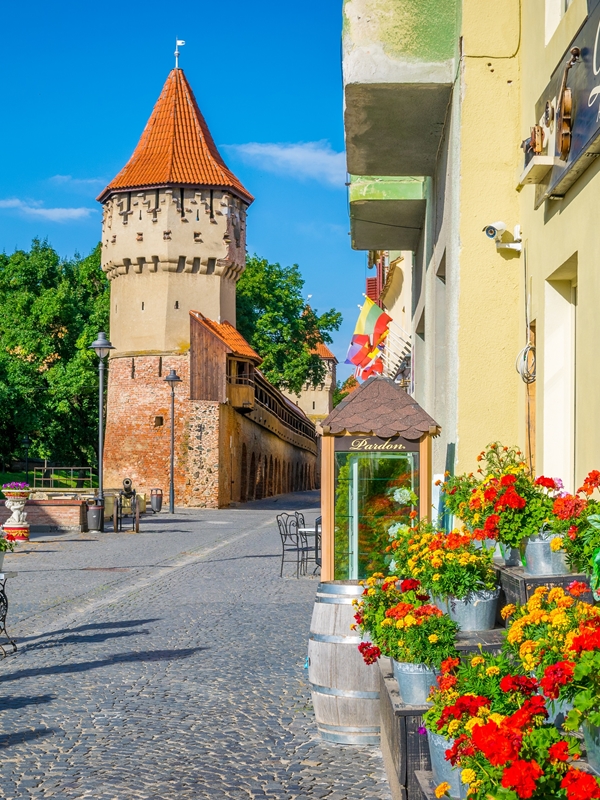
Today is dedicated to Sibiu city, 2007 European Capital of Culture, and 2019 European Region of Gastronomy!
Sibiu/Hermannstadt, the former capital city of the Saxon Transylvania, founded in the 12th century is perceived as a city of art and culture. A great number of cultural monuments, a diversity of museums, and various artistic and cultural events make up the pillars of a complex cultural profile.
Over the last nine centuries, Sibiu was not only the largest and the wealthiest of the seven fortified cities established by the Saxons in Transylvania, known in German as Siebenburgen, but also the most important trading center with 19 guilds and the cultural capital of the region. The historic center displays an extensive stock of Gothic, Renaissance, and Baroque architecture, as well as examples of late 19th to early 20th century date. Amongst its key buildings we mention: St. Mary's Parish Church, c. 1350; the Altenberger Haus (the old City Hall), 1475-1704; and the Brukenthal Palace, 1778-1788. The plot shapes, layout, and organization of the larger merchants' houses in the upper town, with their large courtyards behind, are also distinctive. The evolution of the city from its initial strategic stronghold protecting a rural settlement to a mercantile and artisan center and the powerful regional capital city is expressed in the important collection of vernacular buildings, to be seen especially in the upper town.
Sightseeing tour in Sibiu, visit: Piata Mare (The Big Square), Piata Mica (The Little Square), Piata Huet (Huet Square), Iron Bridge, Biserica Evangelica (The Evangelical Church) and Mitropolia (The Orthodox Church).
Outside of Sibiu in a beautiful natural environment we dedicate the afternoon visiting the ASTRA open-air village museum. The museum functions since 1963 stretches over 96 hectares with the exhibition circuit of 10 kilometers in length. Dwellings from various parts of the country, interior decorations preserved in the original form, peasant industrial installations, traditional means of transportation, are displayed here. All the domains such as agriculture, rising animals, apiculture, fishing and hunting are illustrated by means of characteristic households such as sheepfolds, wine cellars, small factories, etc.
Dinner at Astra Museum, in a local traditional restaurant. Accommodation in Sibiu.
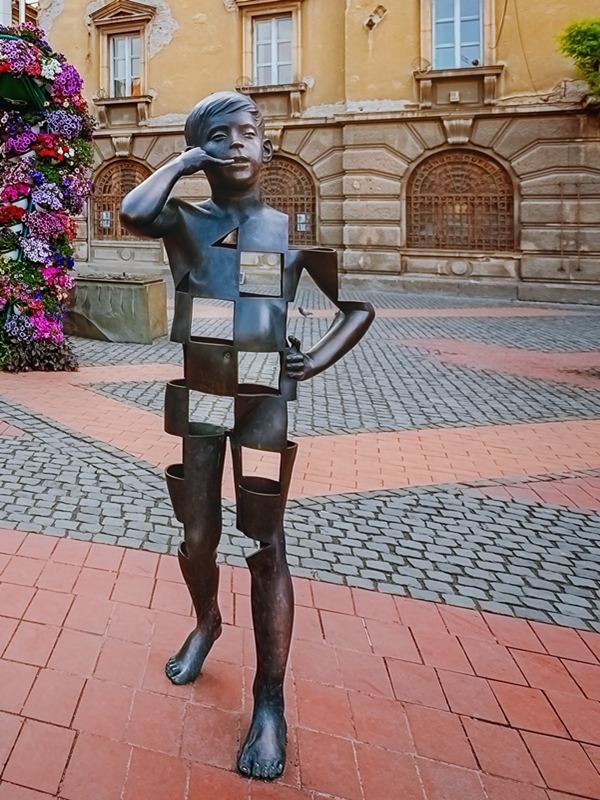
We leave Sibiu and go west to discover more: built in the 14th century, Corvin’s Castle represents one of the most amazing and well-preserved medieval Gothic-Renaissance buildings, being the most famous property of Iancu de Hunedoara, the father of the Hungarian king, Matia Corvin. Originally a fortress, it was used as a royal stronghold until 1440, the renovated and expanded.
It was one of Iancu de Hunedoara’s most important properties, becoming a resplendent home rather than a strategically enforced point alone. An imposing structure, the castle is characterized by its tall towers, bastions, inner courtyard, diversely colored roofs, and many windows and balconies adorned with stone carvings.
Afternoon in Timisoara. The city is designated as European Capital of Culture in 2023!
The oldest official document mentioning this city dates back to 1212, Timișoara was built on the site of an ancient Roman Castrum. For a short period of time, it was the capital of the Hungarian Kingdom, then later overcome in 1552 by Turkish armies and remained under its protection till 1718, when it was incorporated into the Habsburg Empire together with the surrounding region, Banat; It was in 1884, when Timișoara introduced the street lightning the second city with electrical street lights in the world, after New York. Then, after a century, following decades under socialist regime, the 1989 Romanian Revolution sparked in Timisoara.
Visiting this city one can see the influences of Turks, Austrians, Germans and Serbs, the beautiful Baroque or Secessionist squares with impressive palaces, churches (Roman-Catholic, Orthodox) or synagogues.
Accommodation in 4* hotel, in Timisoara.
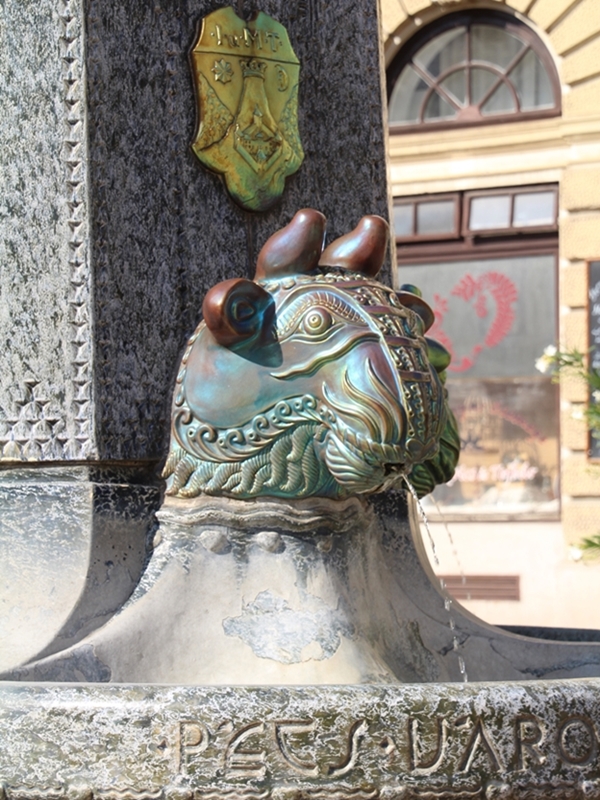
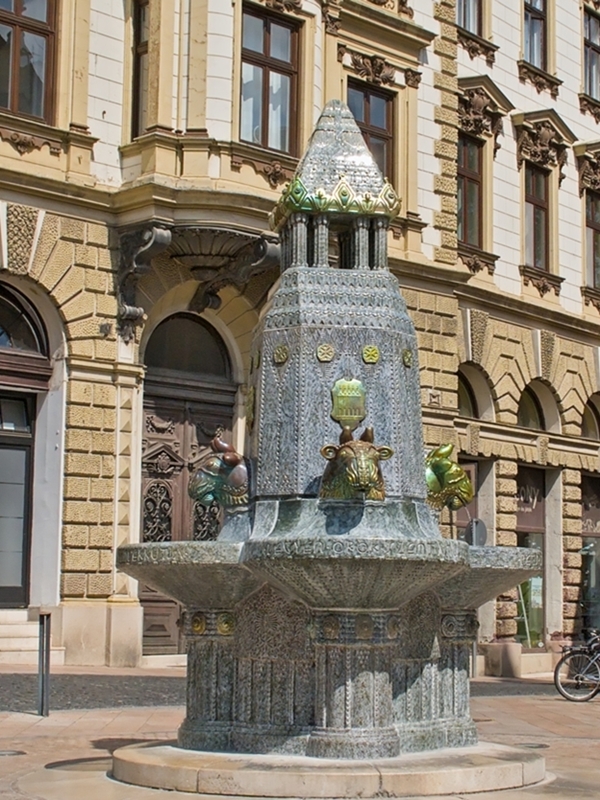
We’re leaving Romania today, crossing the border in Hungary.
In the 4th century Christianity flourished in the Roman city of Sopianae, now called Pécs. Ancient mausoleums from that time are buried under the modern streets of the city, and are all inscribed as a single UNESCO World Heritage Site (the Early Christian Mausoleum in now visible after the 1975 archeological works). Later on, the beginnings of the Catholic time are beautiful represented by the impressive 11th century Cathedral, dedicated to St Peter and Paul. The building has Romanesque, Gothic, Renaissance and neo-Romanesque architecture, as well as vestiges from Ottoman times when it became a warehouse. Most of the facade is from a neo-Romanesque restoration in the 1880s, based on the 11th century plans. Worth to mention to pay a visit is the 16th century Mosque of Pasa Quasim, used nowadays as a Roman Catholic Church, one of the finest examples of Turkish architecture in the whole country.,
The afternoon walk includes also the Zsolnay quarter, with its ceramic factory and museum, related to the Pyrogranite, invented here in 1886, and quickly adopted by the stars of the Hungarian Art Nouveau movement as colorful and hard-wearing decoration for their imaginative buildings.
Accommodation in 4* hotel.
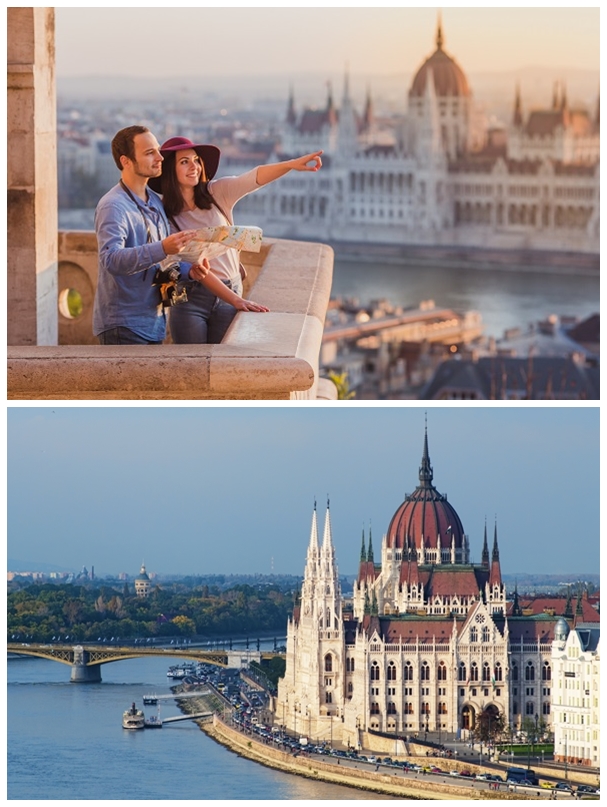
We’re heading North, to the Hungary’s capital, Budapest. The road touches the northern edge of Balaton Lake, a nature wonder, a major holiday destination with beaches, volcanic hills, resort towns and high-rise hotels along its almost 200km shoreline. The area we’re driving is a wine-growing region, with protected wetlands and hiking trails.
Budapest. The capital of Hungary is located at the point of contact between the Hungarian plain and the Carpathian hills. A riverside city on the Danube, Buda was built on a rocky outcrop on the south bank, while Pest was constructed at the level of the plain on the north bank.
The Danube’s shores, which are joined by a series of bridges, offers a harmonious balance of built and natural landscape.
Afternoon walking tour in Budapest.
On the hilly right bank there’s the quarter around the Buda Castle, which dominates the area. Stretching along an elongated plateau, the Castle quarter, which possesses within its medieval walls a series of Gothic buildings (a church, a palace, and rows of houses), is without questions a site of imposing Baroque monuments. The castle itself, built in the 13th century was severely damaged during the WWII, but renovated later and brought to its former glory.
The quarter exploration includes also the Fishermen Bastion, built in 1905. It combines Neo-Gothic and Neo-Romanesque architecture and consists of turrets, projections, parapets, and climbing stairways. Its 7 towers are symbolizing the 7 Hungarian tribes that came from Asia and settled here in 896. Superb view over some landmarks of Budapest, like the Hungarian Palace of the Parliament, Margaret Island, St Stephen’s Basilica, the Academy of Sciences, and the Chain Bridge. Next to the bastion we find the 13th century Mathias Church and the St. Stephen statue.
Accommodation at 4* hotel.
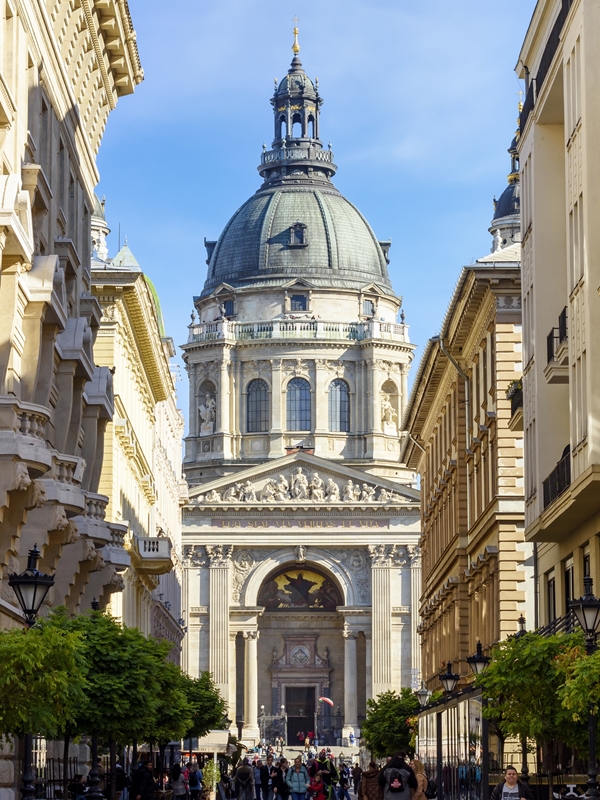
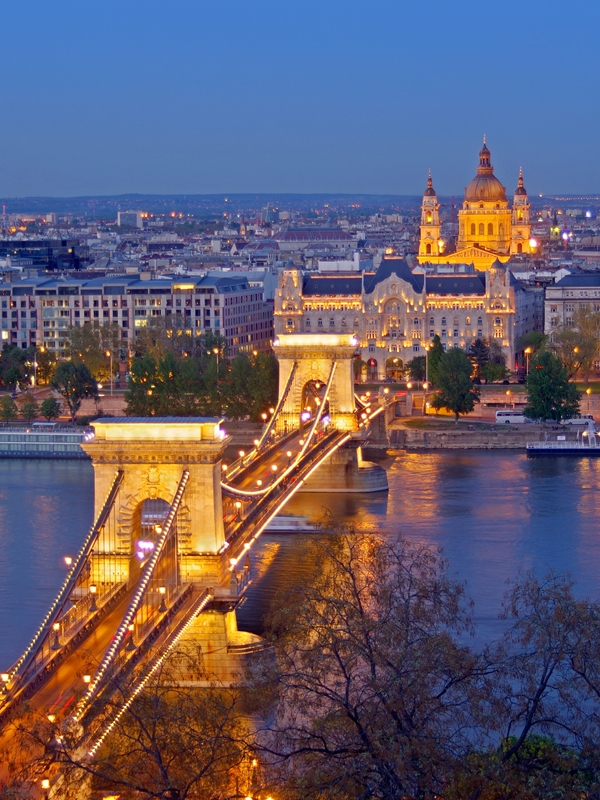
We continue exploring the Hungarian capital. The focus today relies on the left bank, Pest quarter. Highlights:
- Parliament (1888-1904, New-Gothic), probably the most iconic landmark of Budapest;
- Opera House, a beautiful Neoclassical venue with ceiling frescoes & statues of various composers;
- Stephen’s Basilica (the founder of the Hungarian kingdom);
- Dohany Street Synagogue (one of the largest synagogues in the world outside of Israel);
- The Central Market Hall, a beautiful restored New-Gothic building.
The walk along Danube includes also The Shoes memorial, in the memory of those (mostly Jews) killed at the river during WWII.
Evening cruise on Danube, dinner included.
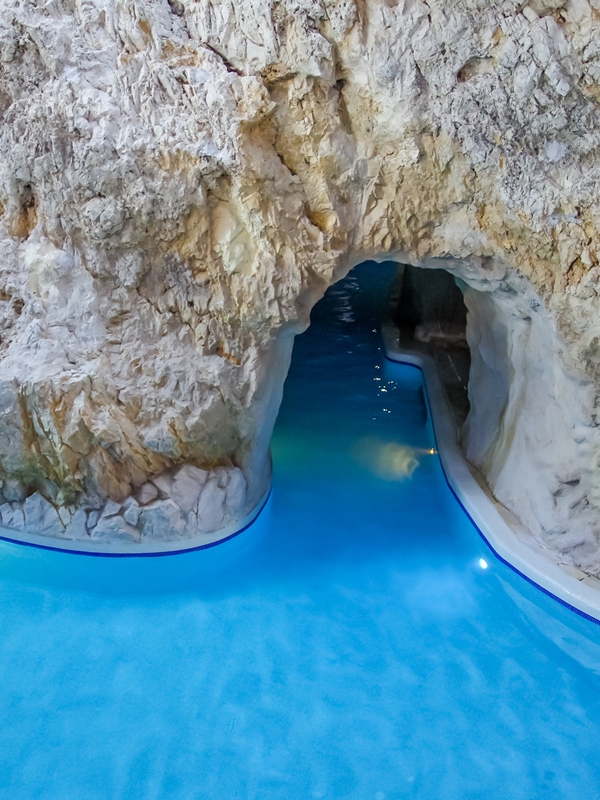
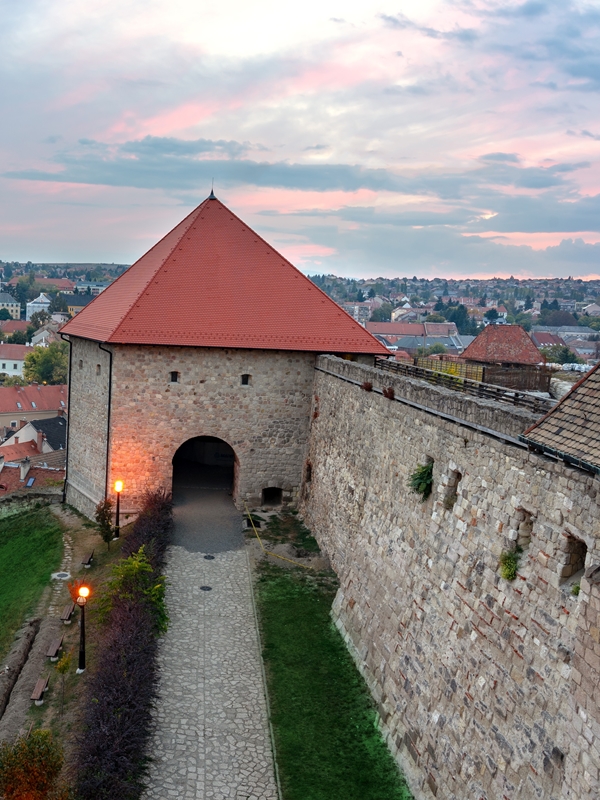
Today’s highlights:
- Eger castle: together with the town that has a beautiful medieval looking, the castle represents an important milestone in the history of the conflicts with the ottomans, becoming famous after the victory from 1552, against 40,000 Turkish army. Its architecture was inspired by the designs of a several Italian fortresses, the 16th renovation stage being performed by some Italian architects. Today, the castle houses a local history museum. Built in Gothic style and later updated with Renaissance features, the Bishop’s Palace is part of the castle complex, which is also home to the local art collection, a wax museum with medieval figures and even a dungeon museum.
- The Cave Bath from Miskolc: an oasis of relaxation and calming senses, opened in the 17th century, but gaining the popularity after the 1940’s renovation work. This thermal spa bath is located in a natural cave system; the water is rich in minerals and sits at a constant temperature of 30 degrees C.
Accommodation in Miskolc, at 4* spa hotel.
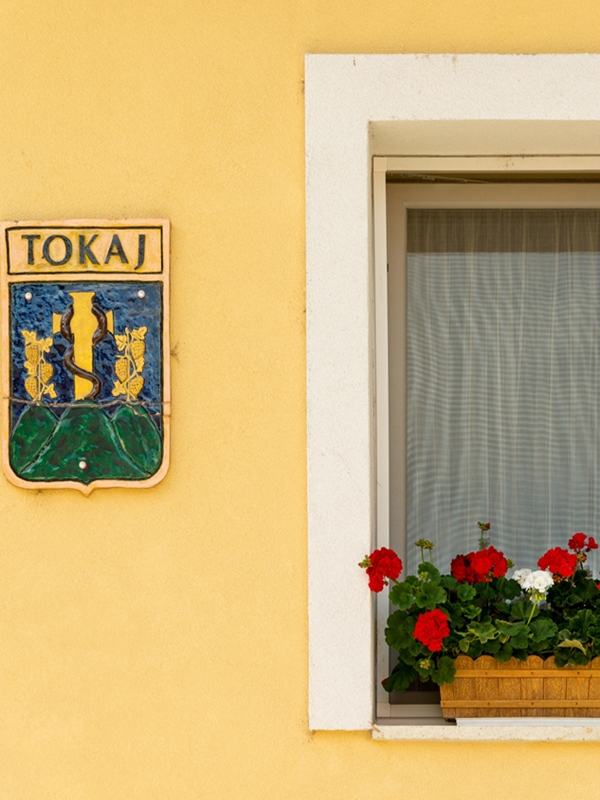
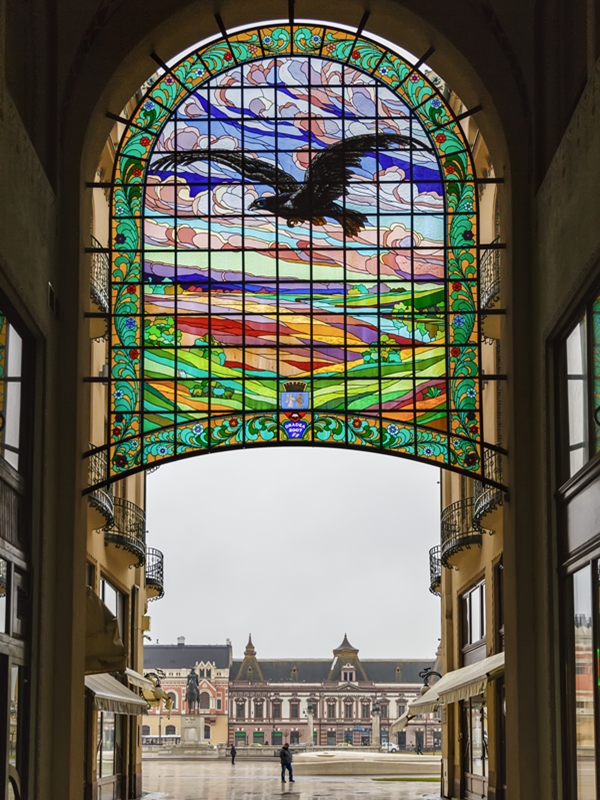
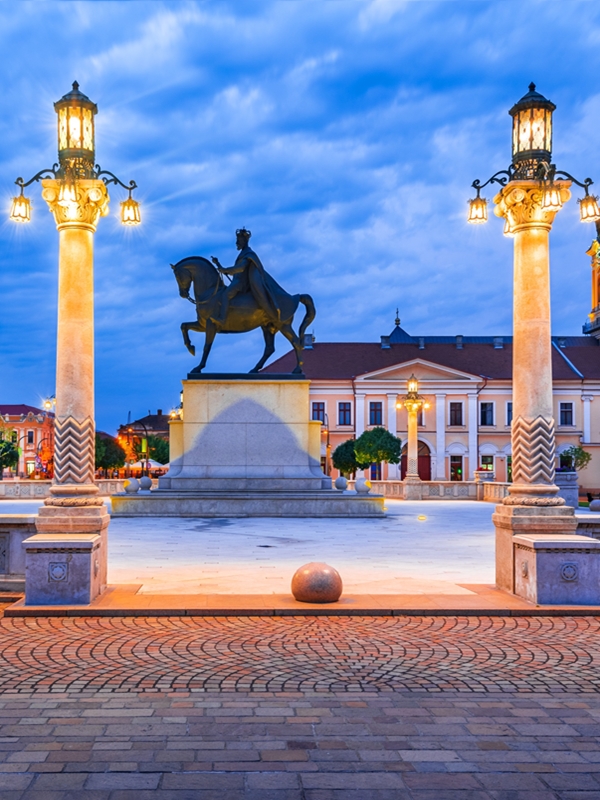
Tokaj is the most famous (sweet) wine-making region in the whole of Hungary, the wine being produced in the area for over 1000 years. Even the Emperor Franz Josef would frequently send out wine from this region as a gift to other European leaders.
Lunch with winetasting at Tokaj Himesudvar winery
Afternoon back in Romania, at Oradea city. A good opportunity to admire picturesque streets adorned with magnificent Art Nouveau buildings, in a city with centuries of history behind. Many of them being recently restored, one could find old residential palaces who display various influences from the 19th century Romantic Hungarian style and the avantgarde Secession (Vienna) school, to German (Berlin) and end of 19th century French School.
We mention here the Black Eagle Palace (designed to house cultural halls as a theater, ballrooms or casino’s), the Town Hall Palace – with the Tower open for visitors, the Palace of Justice, or the Moskovitz Palace, some religious edifices showing beautiful ecclesiastical architecture – as the Moon Church (with the mechanism indicating the Moon phases), the Lutheran Evangelical Cathedral, the Roman Catholic Cathedral, or the Synagogues (Zion Neologue and Orthodox), speaking about people from different confessions living together and developing the city throughout the centuries.
During the visit we include also another important landmark of the city, recently restored – the Fortress of Oradea, serving both as military and religious purposes. It was the residence for the Roman-Catholic Diocese of Oradea for more than five centuries, starting with the 11th century; the inhabitants have found shelter inside the walls during many invasions in the Middle Ages, the place being administrated by different rules – Hungarian, Transylvanian, Ottoman or Habsburg.
Accommodation at 4* hotel.
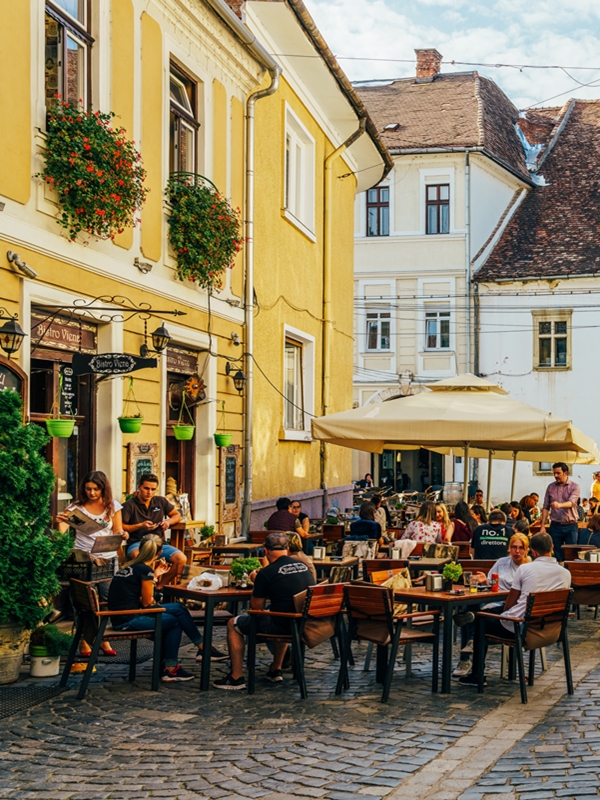
After breakfast the drive follows the Carpathian foothills towards Cluj-Napoca city for the end of tour, ready for departure from Cluj airport.
PRIVATE TOUR by car/minivan
*ask for a quotation depending on the number of people travelling together
- Transport by modern car
- 12 nights’ accommodation with breakast at hotels and guesthouses;
- 2 lunches at Balea Lake and Tokaj (including winetasting)
- 4 traditional dinners at and Sighisoara, Brasov, Sibiu and Budapest;
- afternoon cruise on Danube at Budapest;
- English speaking guide assistance during the whole trip;
- City tour in each city in the trip.
- The entrance fees, other meals that are not mentioned as “included” in the program description and other personal expenses, souvenirs, etc.

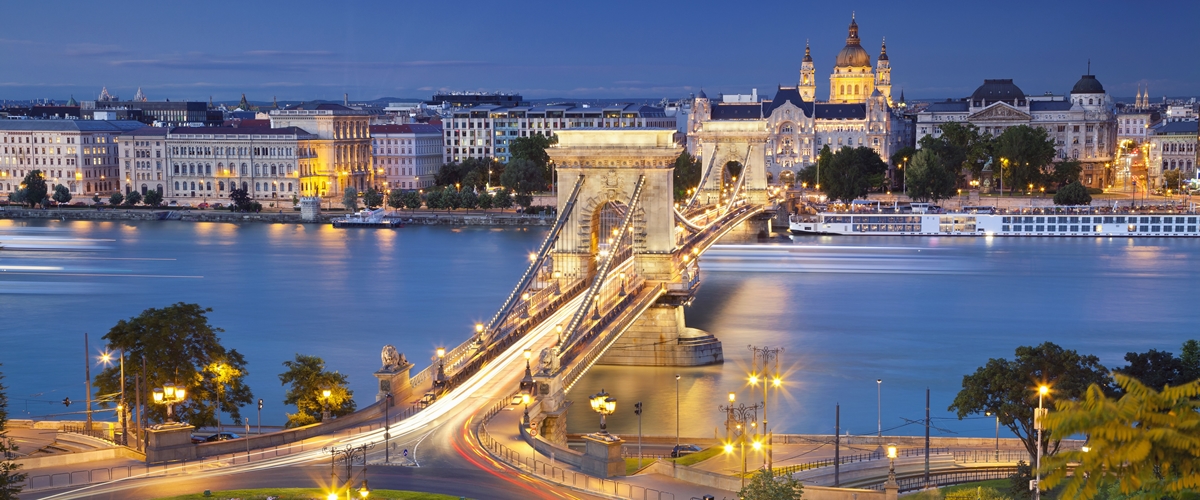

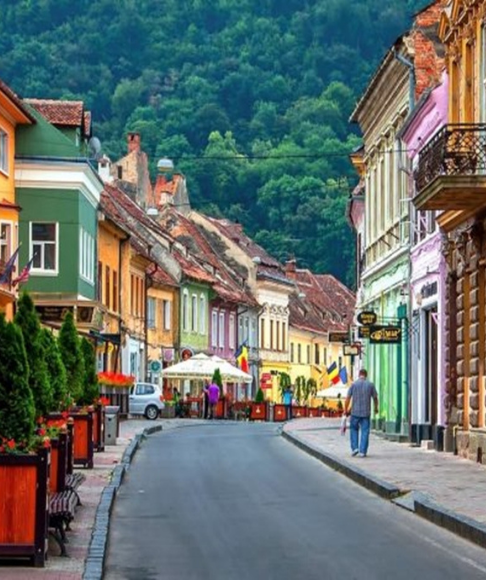
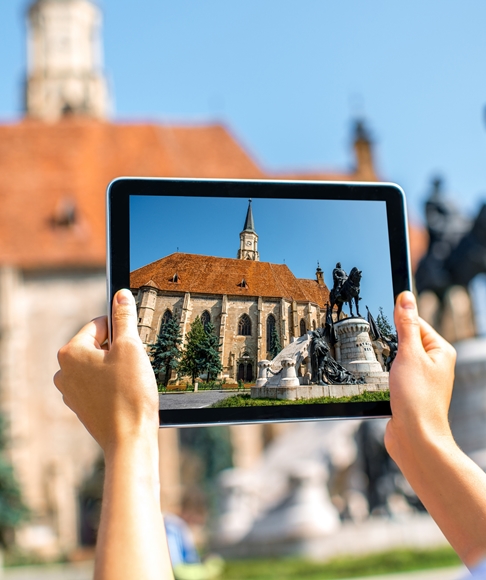
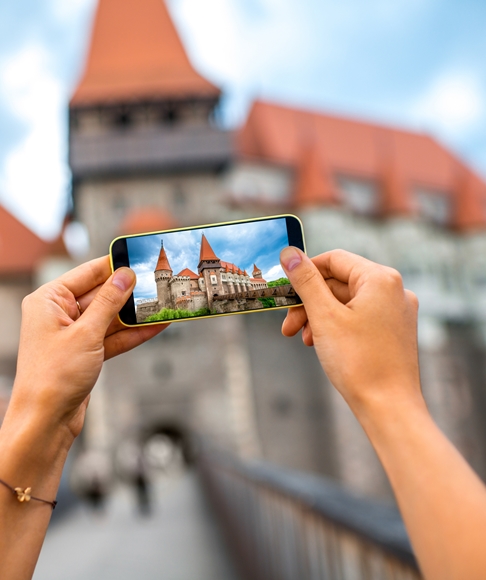
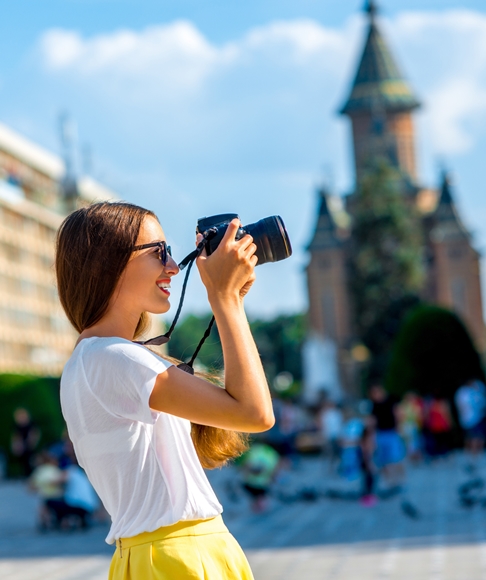
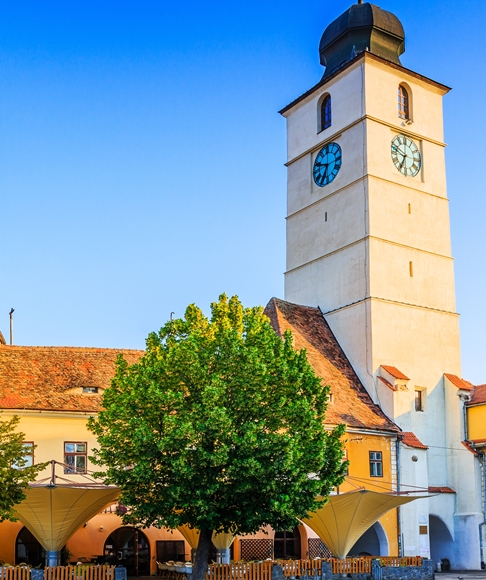
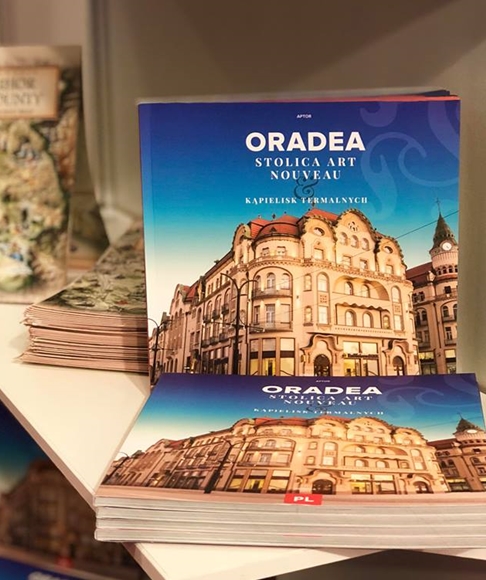


.png)



